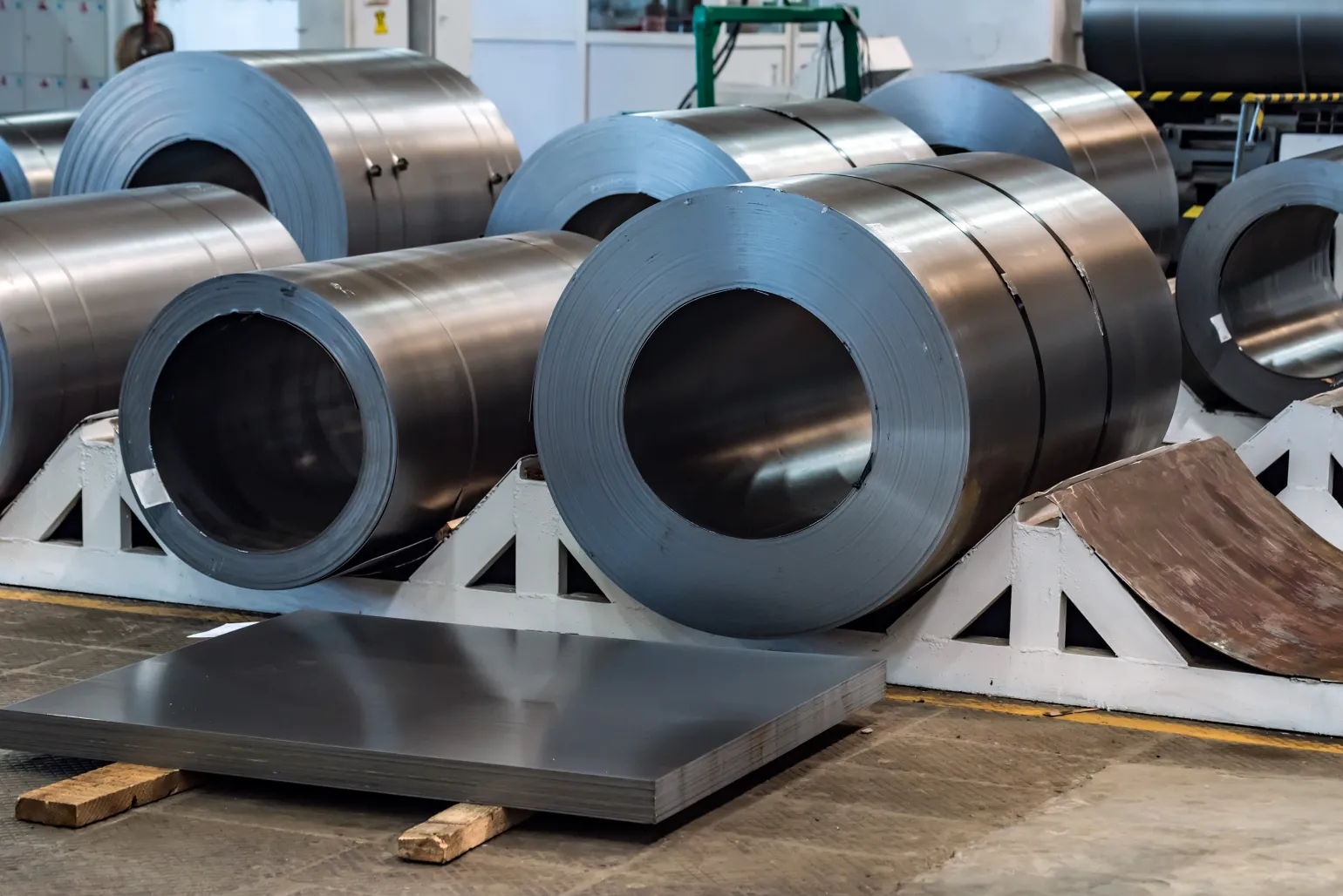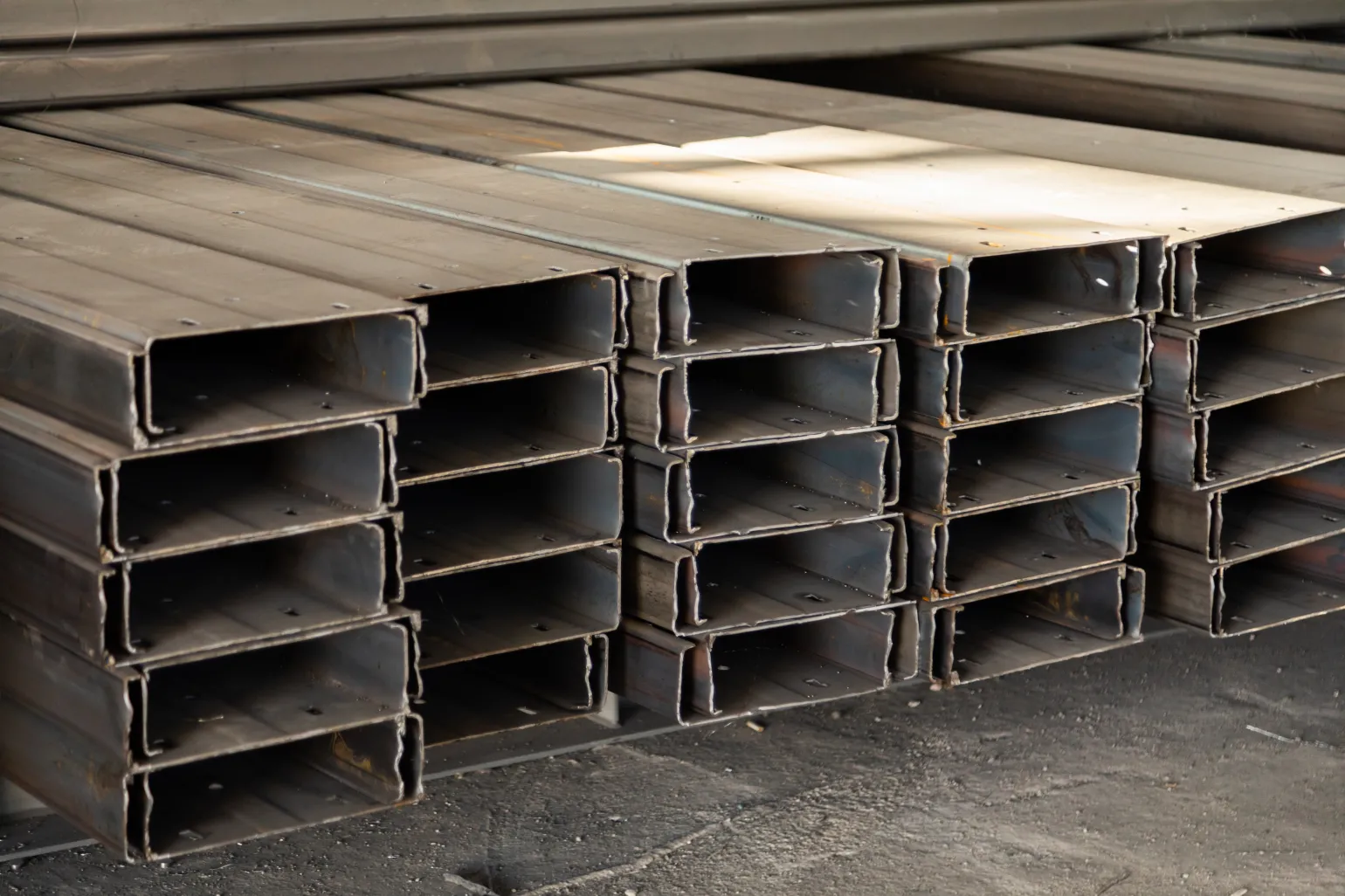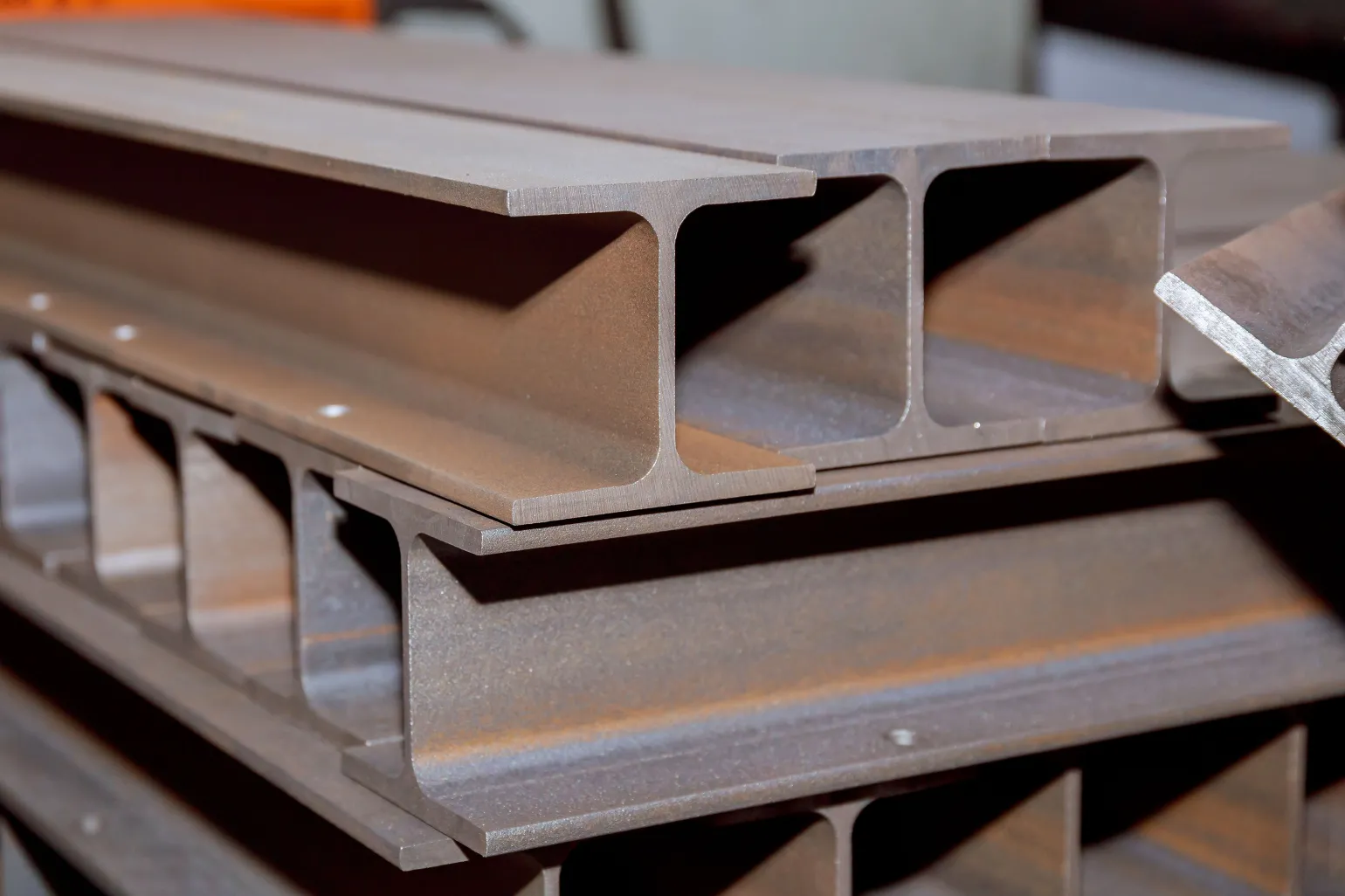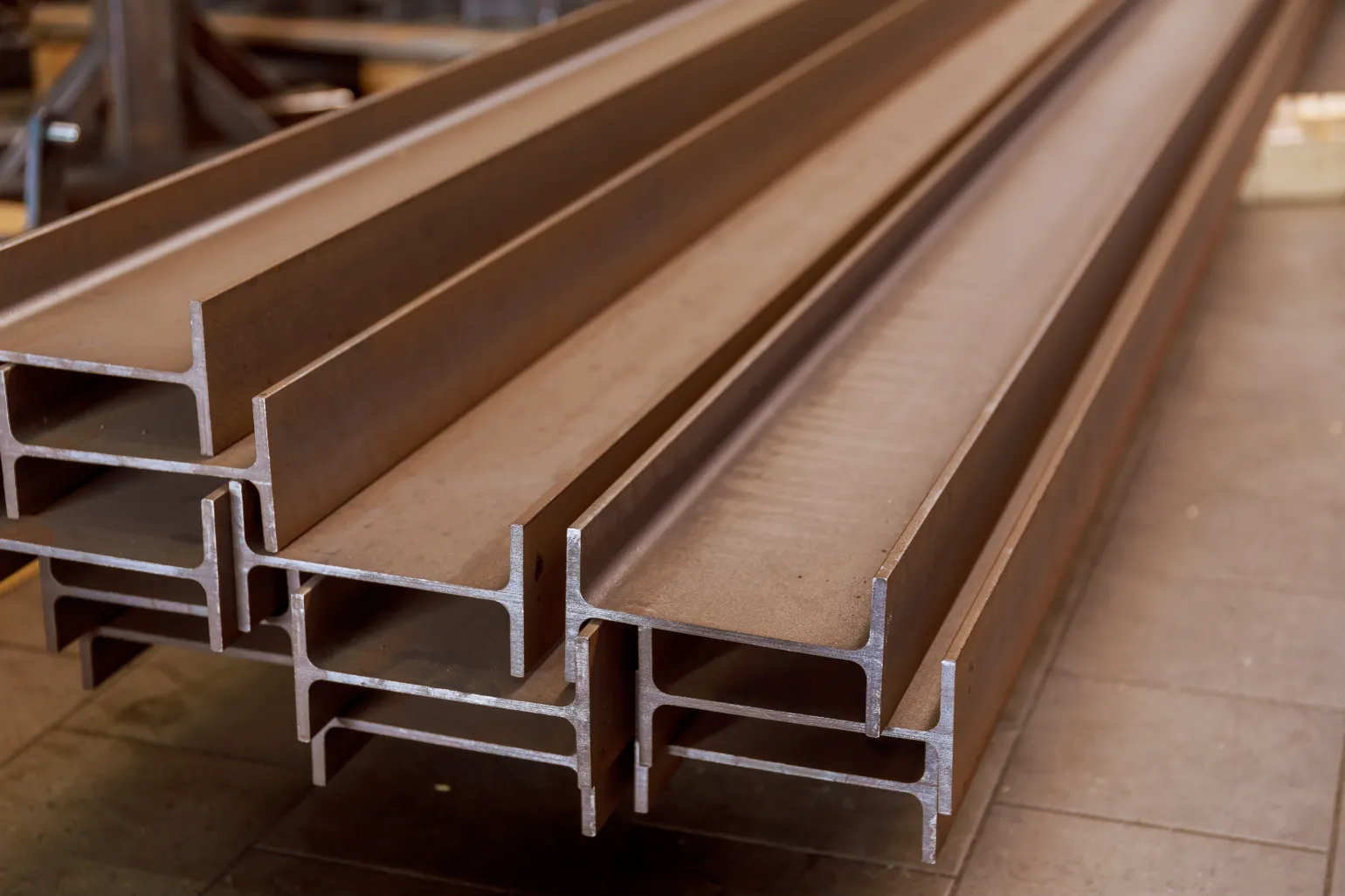Hot-Rolled Steel vs Cold-Rolled Steel
Steel is available in a variety of finishes, grades, shapes, and specifications, making it one of the world’s most versatile alloys. One of the most common questions about these different types boils down to hot-rolled steel vs cold-rolled steel as when it comes to prefabricated steel products, this is a key distinction.
Read on to learn more about this distinction among BM Steel’s high-quality re-rolled products and make an informed decision for your project.


























